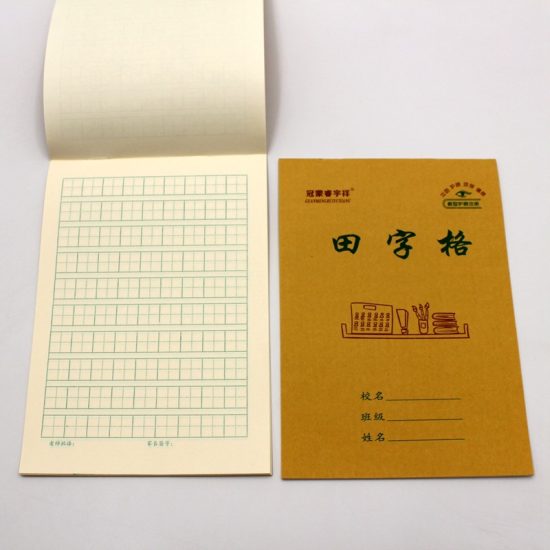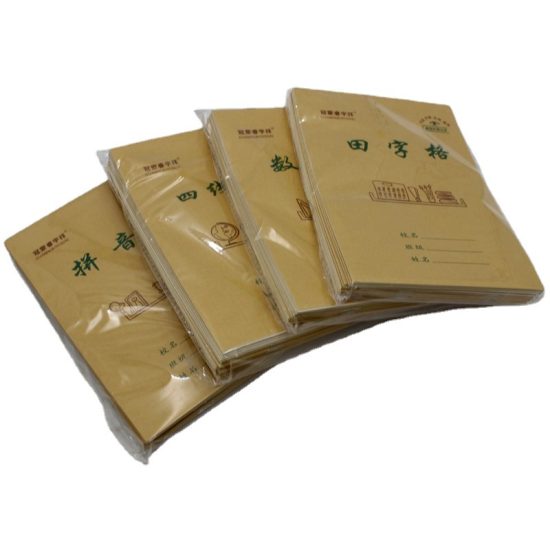Handwriting in a notebook offers several unique benefits that can enhance your learning, creativity, and overall cognitive processes. Here are some of the key advantages of handwriting in a notebook:
- Memory and Comprehension: Research suggests that handwriting promotes better memory retention and comprehension compared to typing. The physical act of writing engages different cognitive processes, such as motor skills, spatial memory, and visual processing, which can aid in information recall and understanding.
- Focus and Engagement: Writing by hand requires focused attention and engagement with the material. Unlike typing, which can be more automatic and less mindful, handwriting encourages a deeper connection with the content, resulting in improved concentration and retention.
- Creativity and Idea Generation: Handwriting allows for greater creativity and free-flowing ideation. The manual process of writing can stimulate the brain’s creative centers, enabling you to generate ideas, sketch diagrams, and make connections in a more organic and intuitive manner.
- Personalization and Expression: Handwriting in a notebook provides a personal touch and allows for self-expression. You can choose your writing style, use different colors, add sketches or doodles, and annotate as you see fit. This customization fosters a sense of ownership and individuality in your notes.
- Improved Learning and Conceptual Understanding: Writing notes by hand encourages active processing of information. It forces you to summarize and rephrase ideas in your own words, promoting a deeper understanding of the material. Additionally, the physical act of writing helps you organize and structure information in a way that makes sense to you.
- Reduced Distractions: When using a notebook for handwriting, you eliminate potential distractions associated with digital devices, such as notifications, social media, or other apps. This can lead to increased focus and a more immersive learning experience.
- Motor Skills and Hand-Eye Coordination: Handwriting exercises fine motor skills and hand-eye coordination. The repetitive movements involved in writing can help strengthen muscles, improve dexterity, and enhance hand-eye coordination, which can have benefits beyond just writing.
- Offline Accessibility: One of the advantages of a notebook is that it doesn’t require an internet connection or a power source. You can take notes and refer to them anywhere, anytime, without relying on technology. This offline accessibility can be particularly useful in situations where electronic devices may not be practical or available.
- Mindfulness and Reflection: Writing in a notebook can be a meditative and reflective process. It provides a space for introspection, self-reflection, and mindfulness. Taking the time to physically write can help you slow down, process thoughts more deeply, and engage in a more mindful approach to learning and self-expression.
- Organization and Retrieval: While digital note-taking offers search functions, handwriting allows you to develop your own organization system. You can use headings, bullet points, numbering, and other techniques to structure your notes. This process of organizing information manually can aid in better retention and easier retrieval when reviewing your notes.
While handwriting in a notebook offers unique benefits, it’s important to choose the method that works best for you. Some individuals may prefer digital note-taking for its convenience and searchability. Ultimately, finding a balance between handwriting and digital tools can be a flexible approach that combines the advantages of both.


